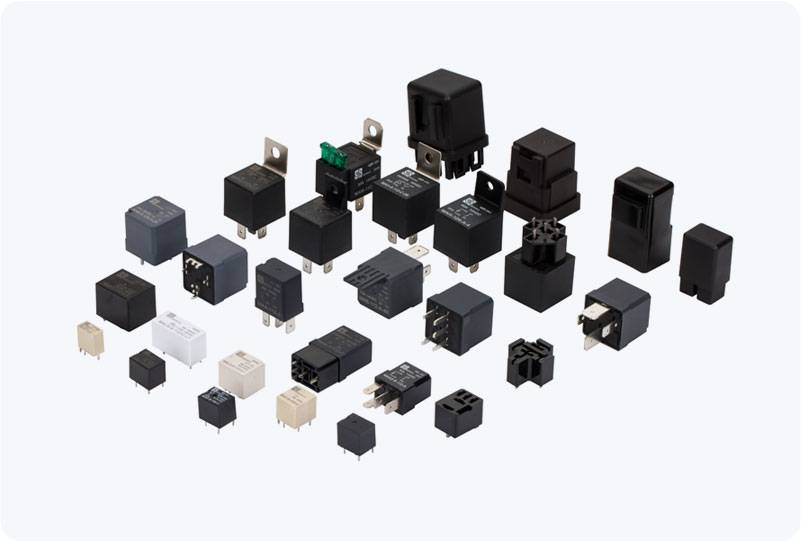high current power relay: key to efficient power management in high-power applications
Release time:2025-08-25 04:28:21
High Current Power Relays (HCPR) are integral components in modern electrical and electronic systems, designed to control high-voltage, high-current circuits. These relays are essential in ensuring the safe and efficient operation of power systems that require the switching of substantial electrical loads. From industrial automation to automotive and renewable energy systems, high current power relays play a crucial role in managing the flow of electricity where conventional relays are insufficient. This article explores the characteristics, working principles, applications, and the importance of high current power relays in contemporary technology.

What is a High Current Power Relay?
A High Current Power Relay is a type of electromagnetic switch used to control electrical circuits that carry significant currents. Unlike standard relays, which are used in low-power circuits, HCPRs are specifically designed to handle currents that range from tens of amps to several hundred amps, often under high voltage conditions. These relays use a coil that, when energized, creates a magnetic field strong enough to move contacts that either open or close an electrical circuit.
The primary function of a high current relay is to provide an interface for controlling large electrical devices, typically using a low-power control circuit. This makes them indispensable in environments where devices need to operate on high power without direct handling of heavy electrical loads.

